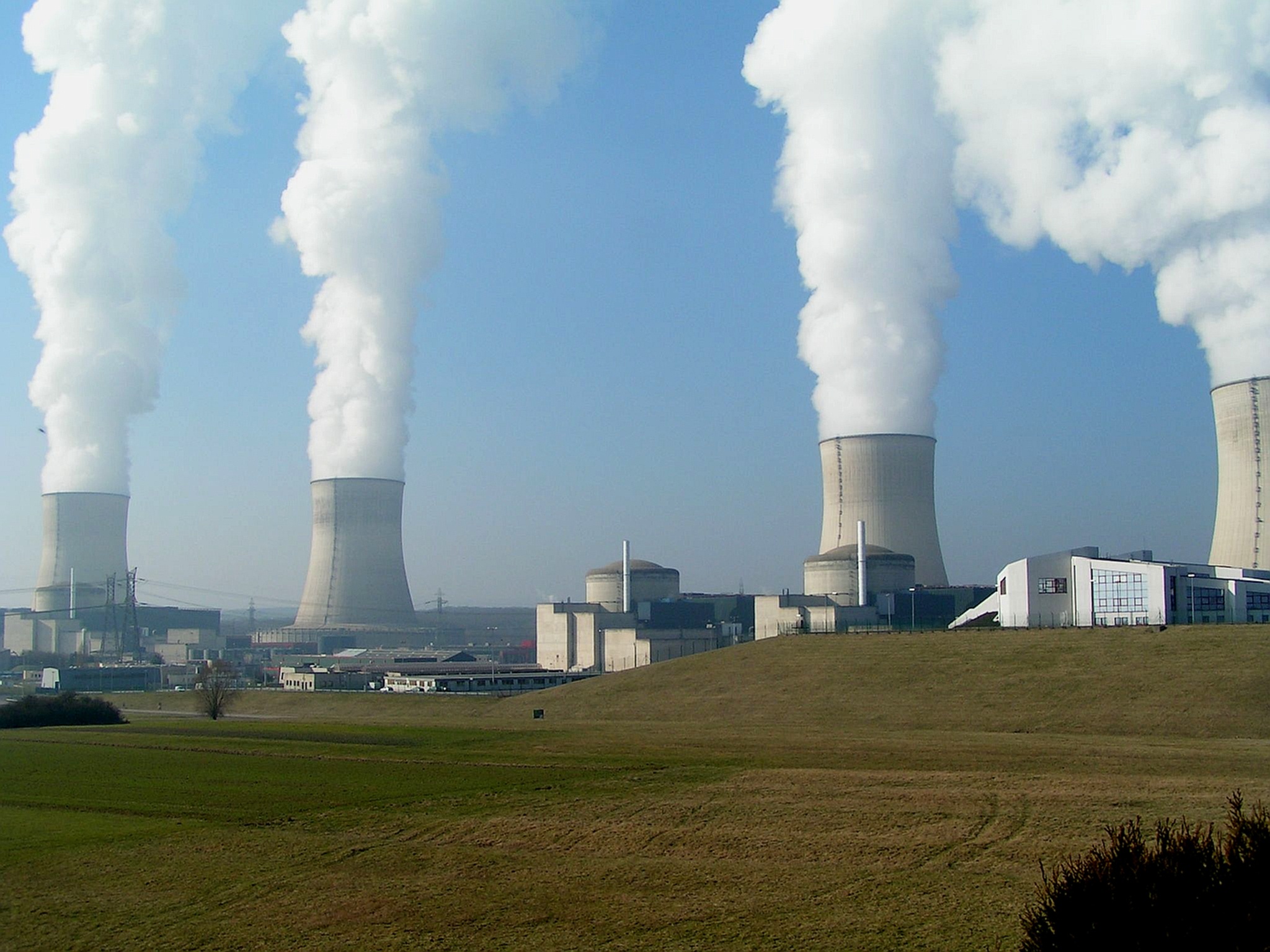Nuclear decay, a phenomenon intrinsic to the behavior of unstable atomic nuclei, plays a pivotal role in understanding both fundamental physics and practical applications in various fields, including medicine, energy production, and environmental science. At its core, nuclear decay refers to the process by which an unstable nucleus loses energy by emitting radiation, resulting in the transmutation of the atom into a different element or a different isotope of the same element. This article delves into the intricacies of nuclear decay, elucidating its types, mechanisms, historical and scientific significance, and contemporary applications.
1. Understanding Nuclear Decay
The concept of nuclear decay can be encapsulated within the framework of quantum mechanics, wherein subatomic particles exist in states of instability determined by their energy levels. The driving force behind decay processes is often a desire to attain a more stable nuclear configuration. Unstable isotopes, frequently referred to as radioisotopes, possess excess energy or mass, which renders their nuclei prone to transformation.
2. Types of Nuclear Decay
Nuclear decay manifests in several forms, each characterized by distinct mechanisms and types of emitted radiation. The three primary types of nuclear decay include:
- Alpha Decay: In this process, an unstable nucleus ejects an alpha particle, comprised of two protons and two neutrons. This decay typically occurs in heavy elements, such as uranium and radium, and results in a decrease in the atomic number by two and mass number by four, leading to the formation of a new element.
- Beta Decay: Beta decay occurs when a neutron in the nucleus is transformed into a proton, emitting a beta particle (an electron or positron) along with an antineutrino or neutrino. This transformation increases the atomic number by one, resulting in a new element. Beta decay can further be divided into beta-minus (β-) and beta-plus (β+) decay, each involving the emission of different types of particles.
- Gamma Decay: Gamma decay involves the release of gamma radiation, a high-energy photon emitted from a nucleus that transitions from a high-energy state to a lower energy state. This process does not alter the atomic number or mass number but plays a critical role in stabilizing the nucleus following other forms of decay.
3. The Decay Constant and Half-Life
The nature of nuclear decay is probabilistic, governed by the concept of the decay constant (λ). This constant quantifies the likelihood of a nucleus decaying in a given timeframe. A key metric associated with decay is the half-life, defined as the time required for half of a sample of radioactive nuclei to decay. The half-life varies dramatically among different isotopes, ranging from fractions of a second to billions of years, illustrating the diverse kinetic behaviors inherent in nuclear decay.
4. The Importance of Nuclear Decay
The implications of nuclear decay extend beyond theoretical physics and delve into a myriad of practical applications. Understanding radioactive decay is crucial for several reasons:
- Medical Applications: Radioisotopes are indispensable in oncological treatments, diagnostic imaging, and radiopharmaceuticals. Techniques such as positron emission tomography (PET) leverage beta decay from specific isotopes to visualize metabolic processes within the body.
- Nuclear Energy Production: The principles of nuclear decay underpin the operation of nuclear reactors, which harness the energy released during fission, a nuclear decay process. The ability to control and utilize this energetic reaction allows for the generation of substantial amounts of electricity.
- Dating Techniques: Radiometric dating, including carbon-14 dating, relies on the predictable decay rates of isotopes to determine the age of archaeological, geological, and paleontological specimens. This methodology has revolutionized our understanding of historical timelines.
- Understanding Stellar Evolution: The study of nuclear decay contributes significantly to astrophysics, as it is fundamental for comprehending the nucleosynthesis processes that occur within stars, facilitating the formation of elements that populate the universe.
5. The Dangers and Challenges of Nuclear Decay
The inherent properties of radioactive decay present both opportunities and challenges. While the utilization of radioisotopes can lead to groundbreaking advancements in various fields, the hazards associated with radiation exposure cannot be overlooked. Ionizing radiation can cause cellular damage, leading to acute health effects and long-term consequences, such as cancer. Therefore, the management of radioactive materials and the implementation of stringent regulations are paramount in safeguarding public health and environmental integrity.
6. Future Prospects in Nuclear Decay Research
Advancements in nuclear decay research hold promise for future innovations. The exploration of new isotopes, the development of novel radiopharmaceuticals, and enhanced understanding of nuclear processes could catalyze breakthroughs in energy production, medical diagnostics, and treatment methodologies. Moreover, interdisciplinary approaches integrating particle physics, biology, and environmental sciences could yield valuable insights into the overarching principles governing decay phenomena.
In summary, nuclear decay serves as a cornerstone of modern science, bridging fundamental theoretical principles with tangible real-world applications. From the formation and behavior of complex structures in our universe to the advent of life-saving medical technologies, the study of how atoms fall apart and the profound implications of these processes continues to shape our understanding of the physical world and influences the trajectory of human advancement.












